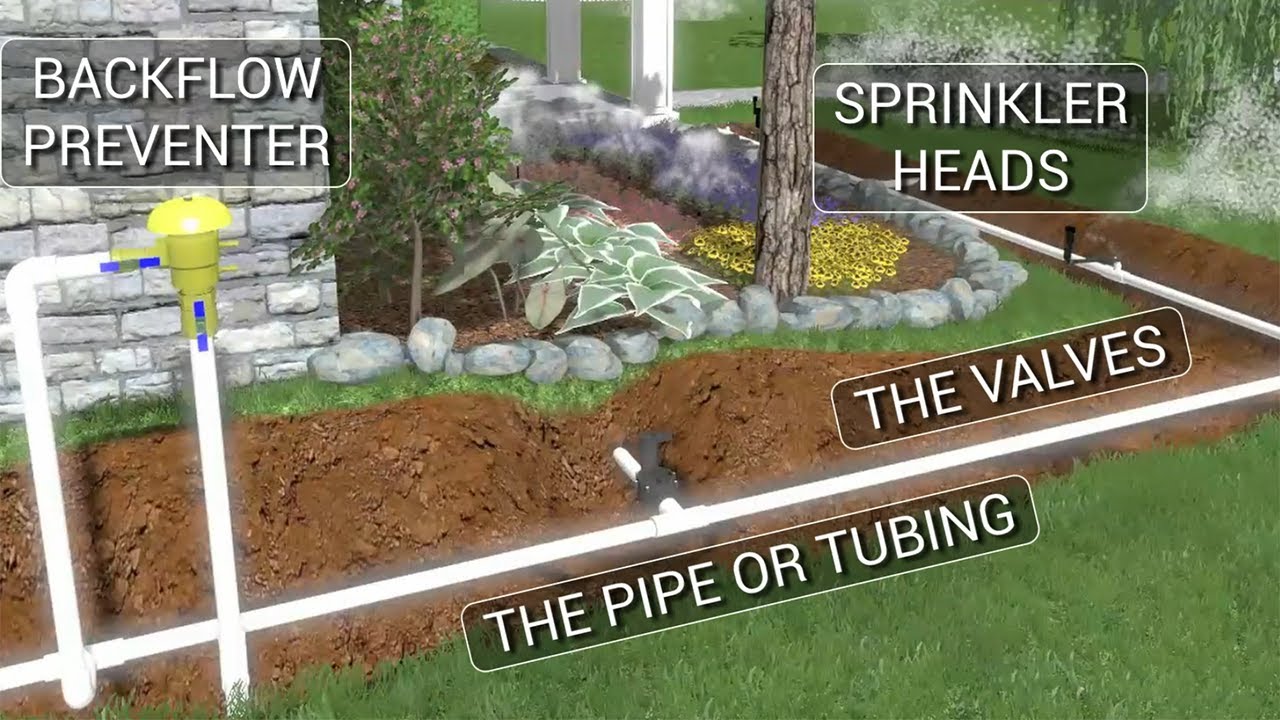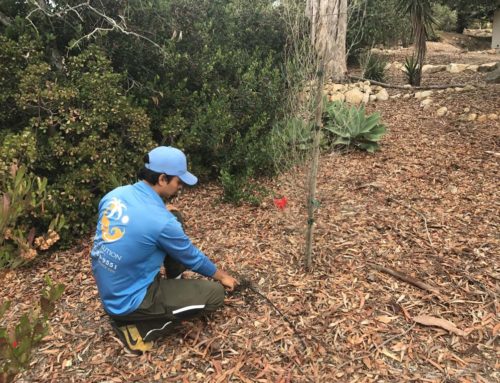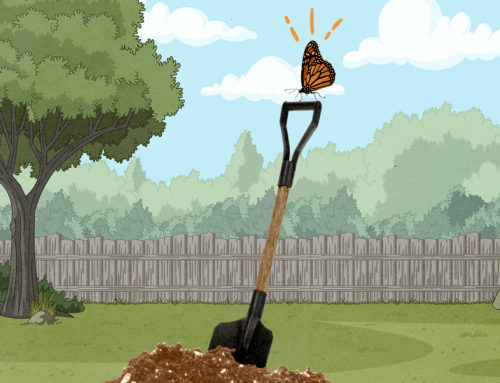Irrigation Sprinkler Head Basics

Even if you aren’t designing and installing your own irrigation system, if you have one or plan to get one, it’s good policy to understand the basics of the system. If something goes wrong, knowing which part is which will help when you call us for help in repairing or replacing these components. This article will cover the three types of sprinkler heads and how they’re used in an irrigation system.
Bubblers
Often used around trees, bubblers are small irrigation heads that, literally, bubble over. These heads deposit directly to the ground, delivering a deep soak of water where it’s needed most, such as into the root balls of trees and large shrubs. As such, bubblers can help plants establish a deep root system, particularly during the crucial establishment period.
Spray heads
These are the ones you usually think of when you’re considering a system for your home lawn or garden. They are the classic “pop-up” heads that sit below the lawn until the system is turned on and water pressure pushes them up, usually at heights of 4, 6, or 12 inches. The varied heights are used to address the heights of the plants they’ll be watering and the distance of throw that is needed. Spray heads typically throw water between five and fifteen feet in an arc that is adjustable to the angle of the space to be irrigated. As the name would suggest, spray heads deliver a gentle spray of water over the garden bed or lawn area.
LANDSCAPE COMPANY NEAR ME
There are 2 reasons most clients contact us: to bring drive-up appeal to their home or to replace their current gardener. We take these two reasons to heart. We understand how important your landscape is to you. We are experts on drive-up appeal, water conservation landscaping, seasonal and climate planting, irrigation, and much more.
Rotors
A larger area to water requires a head that can deliver water over a longer distance. Rotors are more powerful and as such can spray between ten and thirty feet, also in an arc pattern, but typically one that is predetermined by the head itself. And while they spray water farther, their precipitation rate is lower than that of the above heads and thus should always be zoned separately. The shorter watering time of a spray head would leave areas covered by rotors in the same zone dry and thirsty for more. Conversely, watering until the rotor has run long enough for its coverage area would leave areas under the spray heads with much more water than is needed.
If you’re ready to have an irrigation system installed or your existing system needs repair, it’s always best to have the work done by a professional. SB Evolution Landscape has the expertise you need to keep your lawn and garden watered properly and looking their best.







Leave A Comment
You must be logged in to post a comment.